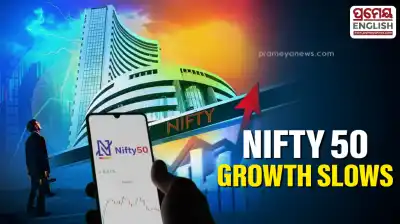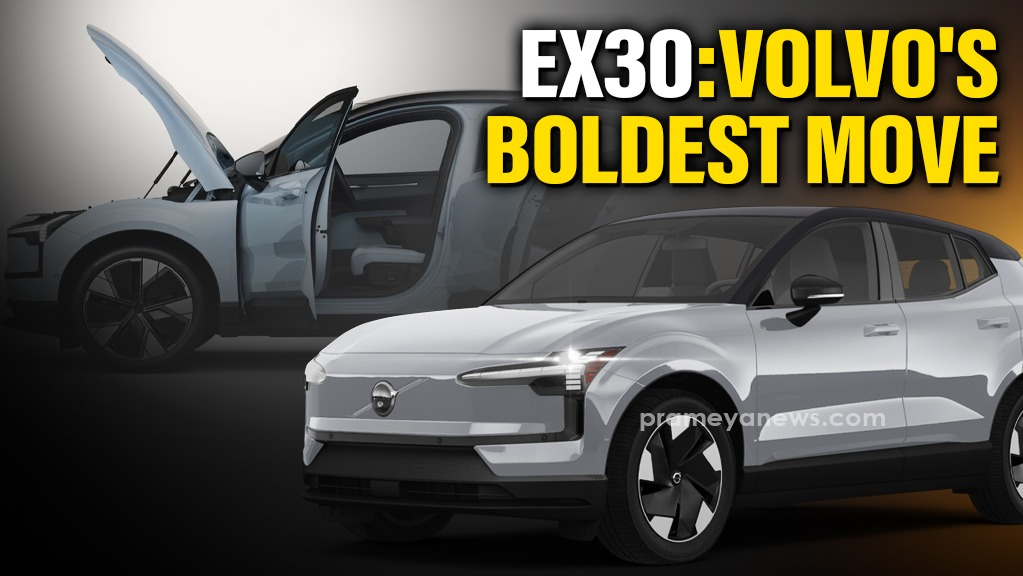

Volvo is making a bold and strategic pivot with the introduction of the EX30, its smallest-ever vehicle. This all-electric compact crossover is more than just a new model; it represents a deliberate effort by the Swedish automaker to capture a new, younger, and more urban demographic in the competitive Indian luxury market. By blending its core tenets of safety and minimalist design with impressive performance and range, the EX30 has the potential to redefine Volvo's brand identity in India. However, its ultimate success hinges entirely on one crucial, yet-to-be-announced factor: its price.
The EX30 avoids the aggressive styling common in the luxury segment, opting instead for a look of restrained confidence. The exterior is pure Volvo, with clean lines, signature T-shaped daytime running lights, and a modern crossover stance that feels perfectly suited for city environments. Inside, the cabin offers a serene and uncluttered atmosphere, anchored by a large, portrait-style central touchscreen that runs on Google's intuitive infotainment system. While the rear seating is compact, the space is cleverly utilised, and the materials—many of them recycled—feel premium and sustainable. The design philosophy is clear: to create a high-end experience without unnecessary complexity or flash.
For the Indian market, Volvo has equipped the EX30 with a 69kWh battery and a single, rear-mounted electric motor. This combination produces 268 horsepower, enabling the compact crossover to accelerate from 0 to 100 km/h in a brisk 5.3 seconds. This level of performance places it in the territory of traditional petrol-powered hot hatchbacks, offering thrilling acceleration in a quiet, efficient package. More importantly for an electric vehicle, the EX30 delivers a practical range. While the official claim is 480 km, a real-world figure of over 400 km on a single charge is realistically achievable. This capability makes it more than just a city runabout, providing enough range for comfortable inter-city highway journeys.
True to its heritage, the EX30 prioritizes a comfortable and secure driving experience. The suspension is tuned to absorb the imperfections of Indian roads, providing a composed and settled ride, especially at higher speeds. While the steering is light and geared for urban maneuverability rather than sharp, sporty feedback, the car feels stable and planted. This comfort-focused approach is complemented by Volvo's legendary commitment to safety. The EX30 comes equipped with a full suite of advanced driver-assistance systems, including adaptive cruise control and Pilot Assist, reinforcing the brand's reputation for building cars that actively protect their occupants.
The Volvo EX30 appears to be the right product at the right time for India's evolving EV market. It successfully packages premium features, strong performance, and practical range into a compact and stylish form factor that is ideal for urban buyers. It has all the necessary ingredients to be a breakthrough product for Volvo. However, the vehicle's fate will be decided by its price tag. If Volvo launches the EX30 at an aggressive price point, potentially in the ₹35-40 lakh range, it could carve out a new segment and attract a wave of new customers. If priced too high, it risks remaining a niche offering for brand loyalists, failing to realize its full, game-changing potential.